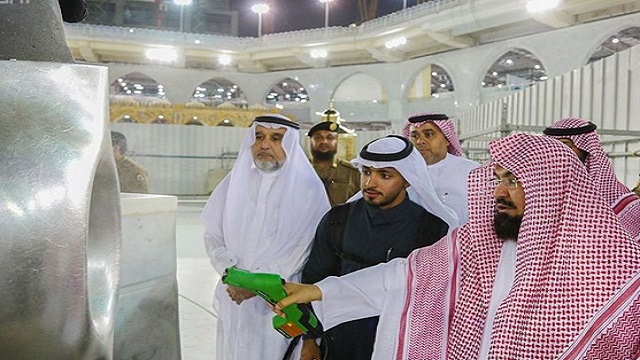Boeing sends ‘Rosie’ dummy to space in key
Published:
2019-12-21 05:03:26 BdST
Update:
2024-04-17 00:46:11 BdST

International Live : Boeing is set to launch its Starliner capsule Friday on a crewless eight-day journey to the International Space Station and back, a dry run for NASA’s plans to end US dependence on Russia for space rides.
The reputational stakes are high for the aerospace giant, which is in the midst of a safety crisis over its 737 MAX jet, while US national pride is also on the line.
The mission’s sole passenger will be bandana-clad dummy Rosie, named after Rosie the Riveter, the star of a campaign aimed at recruiting women to munitions factory jobs during World War II that featured her wearing blue overalls and flexing a bicep.
NASA has been forced to rely on Russian Soyuz rockets to transport its astronauts since the Space Shuttle program was shuttered in 2011 following thirty years of service. The US wants to end this dependence, even if US-Russian space ties have
remained immune to a broader deterioration of bilateral relations in recent years.
Under former president Barack Obama, NASA opted for a shift in how it operates: instead of owning the hardware, it would hire private companies to take over the role, awarding Boeing and SpaceX billions of dollars to develop “Made in the USA” solutions.
Both companies are running two years behind schedule but appear almost ready: approval now rests on the successful completion of final tests. “By early next year, we’re going to be launching American astronauts on American rockets from American soil again for the first time since the retirement of the space shuttles back in 2011,” NASA administrator Jim Bridenstine told reporters Thursday at the Kennedy Space Center.
Starliner, which is fixed to its summit, will separate 15 minutes later and enter Earth’s orbit. About 25 hours later, it will dock autonomously with the space station, 250 miles (400 kilometers) above sea level. Its return to the Earth, in the southwest US, is set for December 28.
NASA has committed to pay a total of $8 billion to the two companies, who in return need to deliver six trips carrying four astronauts each time, up until 2024. A recent report by NASA’s inspector general said the cost per astronaut comes to about $90 million for Boeing, against $55 million for SpaceX, while the US currently pays Russia more than $80 million for the same.
“I would also say that if you look at Boeing as an institution, the people that develop spacecraft are not the same people that develop aircraft,” he said.
Dhaka 20 December (campuslive24.com)//az
Topic:








Share Your Valuable Comments: